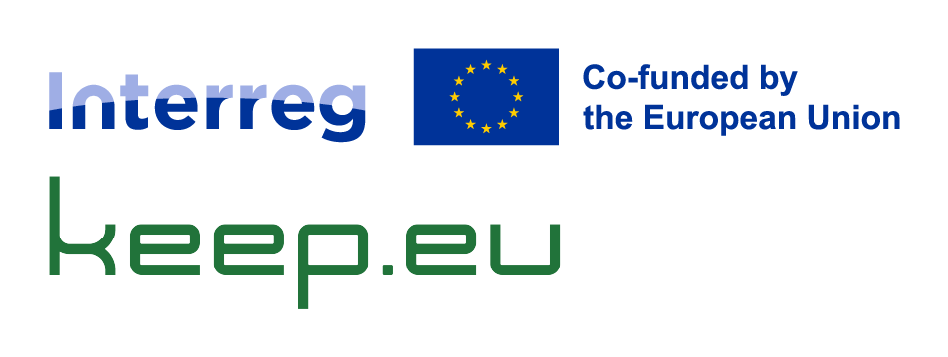Thematic priorities (2014-2020 Interreg-IPA CBC). What are they?
Regulation (EU) No 231/2014 of the European Parliament and of the Council, of 11 March 2014, established an Instrument for Pre-accession Assistance (IPA II) in the 2014-2020 programming period. It set out a set of thematic priorities for assistance for territorial cooperation.
According to the document, ‘Assistance for cross-border cooperation may, as appropriate, address the following thematic priorities:
(a) promoting employment, labour mobility and social and cultural inclusion across borders through, inter alia: integrating cross-border labour markets, including cross-border mobility; joint local employment initiatives; information and advisory services and joint training; gender equality; equal opportunities; integration of immigrants’ communities and vulnerable groups; investment in public employment services; and supporting investment in public health and social services;
(b) protecting the environment and promoting climate change adaptation and mitigation, risk prevention and management through, inter alia: joint actions for environmental protection; promoting sustainable use of natural resources, resource efficiency, renewable energy sources and the shift towards a safe and sustainable low-carbon economy; promoting investment to address specific risks, ensuring disaster resilience and developing disaster management systems and emergency preparedness;
(c) promoting sustainable transport and improving public infrastructures by, inter alia, reducing isolation through improved access to transport, information and communication networks and services and investing in cross-border water, waste and energy systems and facilities;
(d) encouraging tourism and cultural and natural heritage;
(e) investing in youth, education and skills through, inter alia, developing and implementing joint education, vocational training, training schemes and infrastructure supporting joint youth activities;
(f) promoting local and regional governance and enhancing the planning and administrative capacity of local and regional authorities;
(g) enhancing competitiveness, the business environment and the development of small and medium-sized enterprises, trade and investment through, inter alia, promotion and support to entrepreneurship, in particular small and medium-sized enterprises, and development of local cross-border markets and internationalisation;
(h) strengthening research, technological development, innovation and information and communication technologies through, inter alia, promoting the sharing of human resources and facilities for research and technology development.
The document also established that ‘IPA II funding may also finance, as appropriate, the participation of beneficiaries (…) in transnational and interregional cooperation programmes under the ERDF support to the European Territorial Cooperation goal and in cross-border cooperation programmes under the ENI. In those cases, the scope of the assistance shall be established in accordance with the regulatory framework of the relevant instrument (being either the ERDF or the ENI)’.
